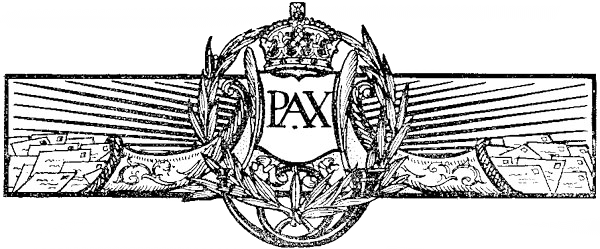Cultures > Daco-Roman Culture
Daco-Roman Culture

Background
The term Daco-Roman describes the Romanized culture of Dacia under the rule of the Roman Empire. The Daco-Roman mixing theory, as an origin for the Romanian people, was formulated by the earliest Romanian scholars, beginning with Dosoftei from Moldavia, in the 17th century, followed in the early 1700s in Transylvania, through the Romanian Uniate clergy and in Wallachia, by the historian Constantin Cantacuzino in his Istoria Țării Rumânești dintru început (History of Wallachia from the beginning), and continued to amplify during the 19th and 20th centuries.
Daco-Roman culture refers to the fusion of Dacian and Roman traditions, customs, and practices that developed in the territory of ancient Dacia during the period of Roman rule and influence. Dacia was a region located in modern-day Romania and parts of Bulgaria, Serbia, and Moldova, inhabited by the Dacian people, an ancient Thracian tribe.
Roman Conquest and Colonization: The Roman Empire's conquest of Dacia, led by Emperor Trajan in the early 2nd century CE, marked the beginning of extensive cultural exchange and integration between the Dacian and Roman populations. Roman settlers, soldiers, and administrators were brought into Dacia, introducing Roman customs, language, and institutions to the region.
Language and Linguistic Influence: Latin became the administrative and military language of Roman Dacia, supplanting or coexisting with indigenous Dacian languages and dialects. Over time, Latinization likely spread to the local population, with Latin words and phrases entering everyday speech and influencing the development of Romanian, the modern Romance language descended from Latin.
Religion and Mythology: Roman religious beliefs and practices were introduced to Dacia alongside Roman rule. Dacian gods and goddesses may have been assimilated into the Roman pantheon or syncretized with Roman deities. Similarly, Roman cults such as those of Mithras, Cybele, and Isis may have gained adherents among the Dacian population.
Art and Architecture: Roman architectural styles and techniques left their mark on the landscape of Dacia, with the construction of roads, forts, bridges, and public buildings following Roman designs and standards. Dacian craftsmen and artisans likely contributed to the production of Roman-style pottery, sculpture, and other artistic works, incorporating local motifs and influences.
Social and Economic Integration: The integration of Dacia into the Roman Empire brought economic opportunities and social changes to the region. Roman infrastructure projects facilitated trade and communication, while Roman law and administration provided a framework for governance and taxation. Dacian elites may have adopted Roman customs and lifestyles as a means of social advancement and integration into the imperial system.
Despite the Romanization of Dacia, traces of indigenous Dacian culture likely persisted alongside Roman influences, contributing to the unique cultural identity of the region. Daco-Roman culture represents a complex synthesis of Dacian and Roman elements, reflecting the dynamic interactions and exchanges that occurred between these two ancient civilizations during the Roman period.